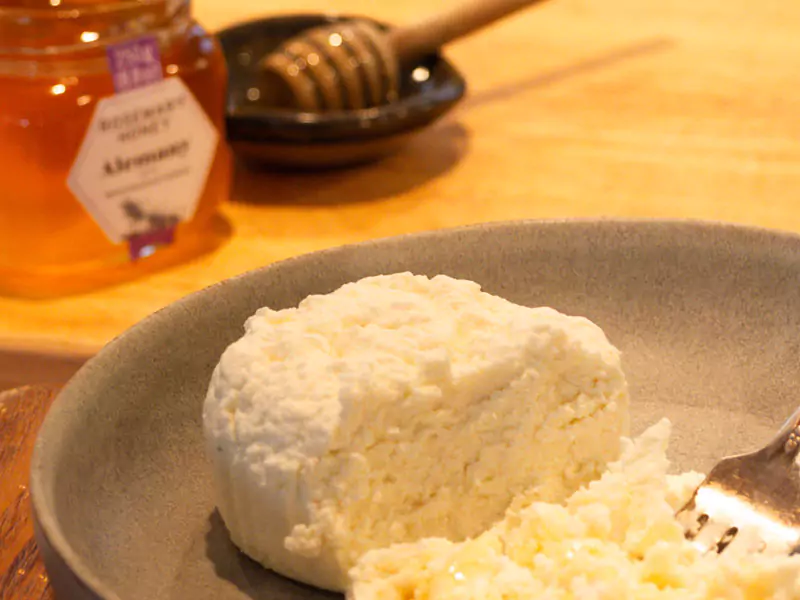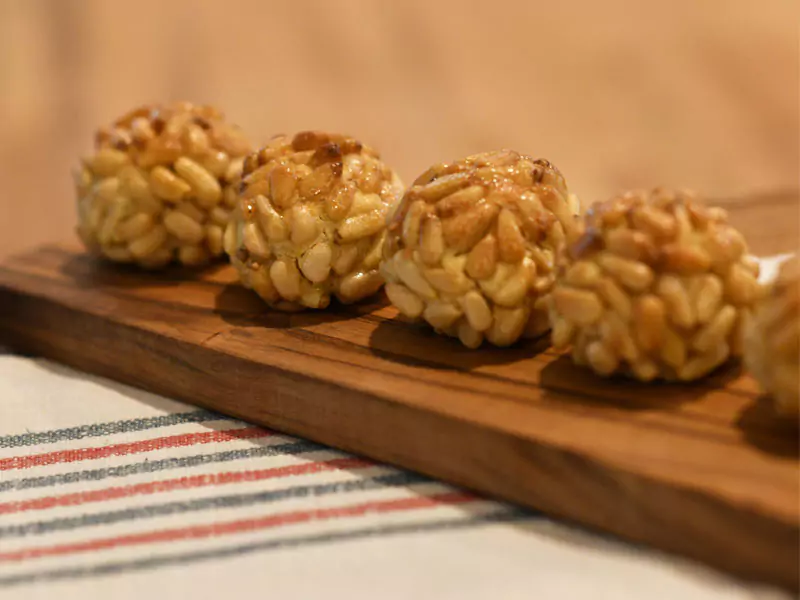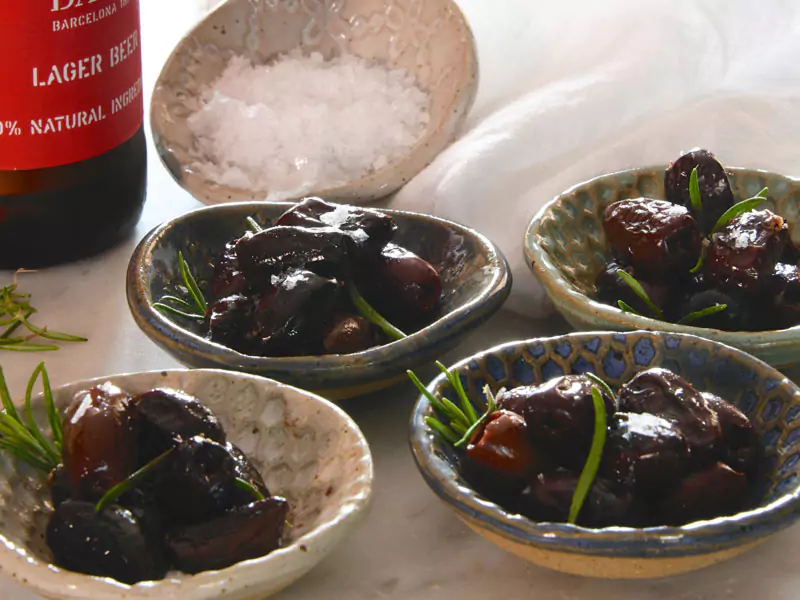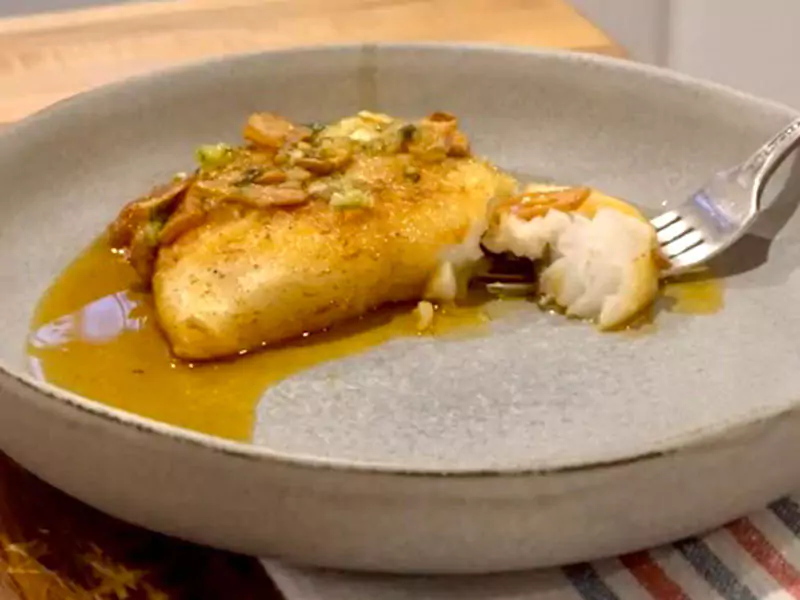One of Catalonia’s oldest and most traditional cheeses is mató, an unfermented, soft, fresh cheese similar to ricotta or curd, although no salt is used during production. While mató is often found in central Catalonia, there are also regional variations of this fresh cheese, including the recuit de drap found in Girona and el brossat from the Pyrenees.
ORIGIN
Mató is one of the oldest cheeses in Catalonia, first appearing in the 14th-century Catalonian cookbook, Sent Sovi. Mató is still enjoyed as it was in the Middle Ages, as a dessert, drizzled with honey or powdered sugar. Recently, regional restaurants have revived a traditional cheesecake called coca de brossat, made with Mató, cinnamon, and lemon zest.
TRADITIONS
EL MERCAT DE LES PAGESES DE MONTSERRAT / THE MILKMAID’S MARKET
In the hills of Montserrat, a monastic community has thrived since 1025, making it a significant pilgrimage site in Europe. With no farmable land due to its rocky terrain, the community established the area’s first milkmaids market around the late nineteenth century. Initially, products came from the mountain skirts’ farmlands, providing fruit, livestock, and vegetables.
The market later introduced mató, a cheese made from surplus goat’s milk. As mató gained popularity, milkmaids became matoneres, each developing their unique straining method, known as “el punt d’amatonament.” Eventually, due to increased demand, matoneres transitioned to using pasteurized cow’s milk, resulting in larger quantities but sacrificing the small-batch artisanal mató.
While visiting Montserrat today, it’s a tradition to explore the milkmaid’s market, even though the original mató may not be readily available.



